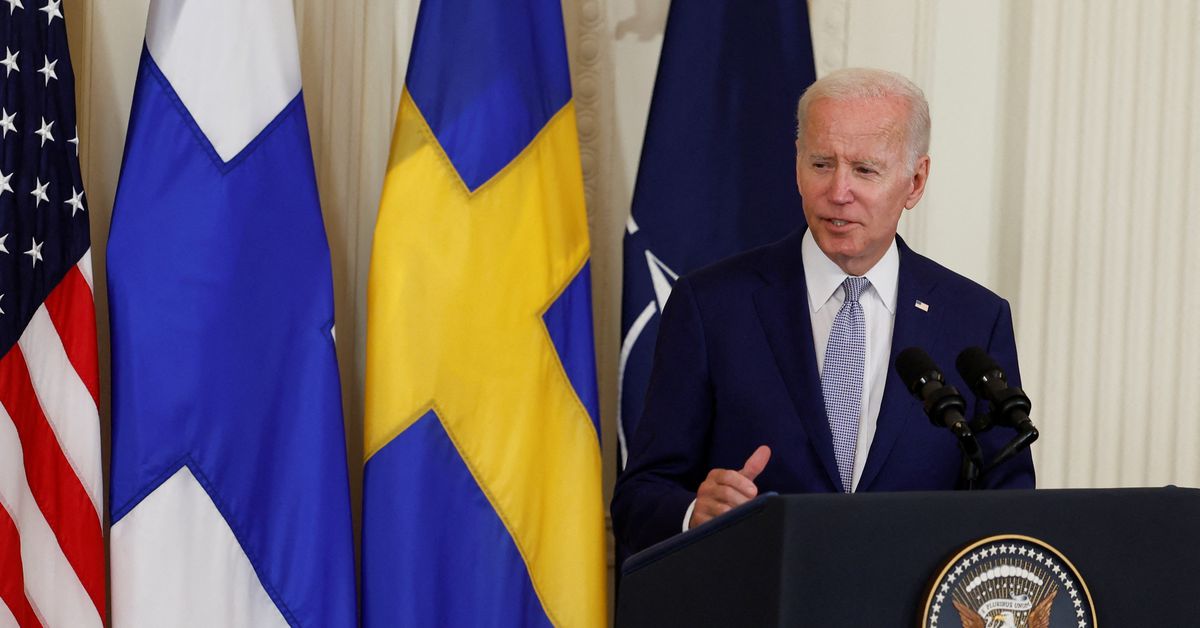LONDON, Aug 10 (Reuters) – Oscar Piastri’s rift with Alpine has also forced a change of plan at Williams and could have a knock-on effect around the Formula One paddock.
While the main focus has been on Renault-owned Alpine and McLaren, who both want the 21-year-old Australian to drive for them next season, tail-enders Williams have had to reassess their next step.
Alpine’s original plan was to loan their reserve, and last year’s Formula Two champion, to Williams for at least a year and possibly more until he returned as Fernando Alonso’s replacement.
Register now for FREE unlimited access to Reuters.com
The principle was the same as when Mercedes placed George Russell for three seasons at Williams to learn the ropes before bringing him back as team mate to seven-times world champion Lewis Hamilton.
Talks were so far advanced that the Australian had a seat fitting at Williams and a contract for 2023 was drawn up between the two teams, with Alpine having already agreed on Piastri’s salary.
Then Alonso decided to race for Aston Martin next year and Piastri, offered the Alpine seat, said no — with a McLaren deal apparently more tempting. read more
Piastri would have replaced Canadian Nicholas Latifi at Williams, the only driver on the starting grid who has yet to score a point in 13 races this season, alongside British-born Thai Alexander Albon.
Latifi brings sponsorship and could potentially retain the seat, with many of the potential replacements lacking such financial clout.
With Alpine currently fourth in the championship and Williams last, the seat spurned by Piastri is the most attractive.
If Alpine do not take McLaren’s soon-to-be-discarded Australian Daniel Ricciardo, then they may be in the same market as Williams.
One possibility who stands out is current Formula E champion and 2019 Formula Two title-holder Nyck de Vries, a Mercedes F1 reserve who has already taken part in Friday first practice with Williams.
De Vries, 27, is also looking for a seat for 2023, with Mercedes pulling out of Formula E after selling their championship-leading team to McLaren.
Williams have 21-year-old American Logan Sargeant on their books, with team boss Jost Capito saying last month that he saw the F2 driver as a prospect for the future, but it may be too early for him. read more
The future of Mick Schumacher, currently with Ferrari-powered Haas, has yet to be determined while China’s former Alpine academy driver Guanyu Zhou is having a solid first season at Alfa Romeo.
Alfa, run by Swiss-based Sauber with former Renault team boss Fred Vasseur at the helm, have 18-year-old French F2 prospect Theo Pourchaire on their books as a talent for the future.
Beyond that there are racers looking for a way back into Formula One and others, such as India’s Jehan Daruvala, hoping for a door to open from the junior series.
“I’ve had all sorts of people (calling),” Alpine principal Otmar Szafnauer told Reuters this week. “Some of the guys in the junior formulas, some of the Formula E guys. Maybe eight or 10.”
Register now for FREE unlimited access to Reuters.com
Reporting by Alan Baldwin, editing by Christian Radnedge
Our Standards: The Thomson Reuters Trust Principles.
.


